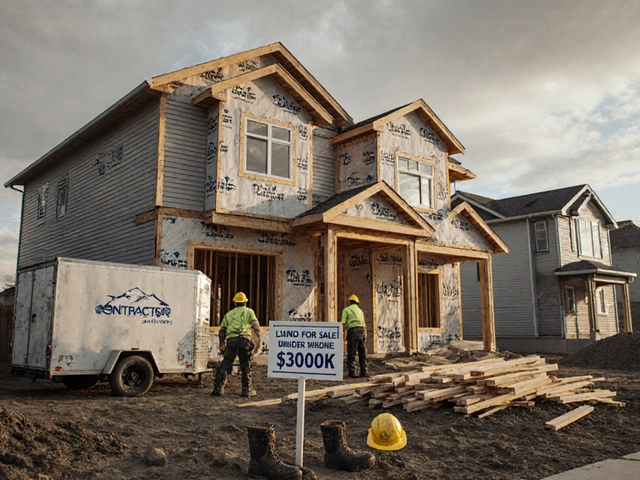Inclusions: Understanding the Basics and Their Role in Building Projects
When you hear the word “inclusions” in a construction chat, you might think it’s jargon. In reality, it’s just a plain‑spoken way of describing anything that’s added into a mix, a wall, a foundation, or even a contract. Think of it as the extra bits that make a project stronger, more stable, or simply more complete.
From limestone chunks in concrete to waterproof membranes under a slab, inclusions can be material, design, or procedural. They show up in almost every post on this site – whether you’re reading about foundation repair, new‑build flooring, or roof budgeting. Knowing what’s included (and what isn’t) helps you avoid surprise costs and keeps the build on track.
Common Material Inclusions and Why They Matter
Most builders talk about stone, sand, or recycled concrete as inclusions. Adding these to a concrete mix does three things:
- Strengthens the final product – larger rocks give the slab more resistance to cracking.
- Improves durability – certain minerals resist water penetration, which is a big win for foundation work.
- Reduces cost – using locally quarried limestone (like the kind we supply at Lime Hillock) can be cheaper than importing cement.
If you’re planning a new build and see a line item for “inclusions,” ask the contractor what material they’re using, where it comes from, and how it will affect the structure’s lifespan.
Design and Process Inclusions That Save Money
Inclusions aren’t just about concrete. They also refer to design features and steps that are baked into a contract.
Examples include:
- Dry‑fit kitchen layouts – a quick before‑you‑install check that catches errors early.
- Waterproofing membranes under basements – a small extra cost that prevents expensive water damage later.
- Negotiated roof‑replacement clauses – clear terms on pricing per square can stop surprise fees.
When you read articles like “Can You Fix Your Own House Foundation?” or “Best Time of Year to Remodel a Bathroom,” the advice often circles back to making sure all the right inclusions are listed up front. This way you know what you’re paying for and can compare quotes fairly.
So, before you sign any agreement, walk through the checklist:
- What materials are being added to the mix? Are they locally sourced?
- Which design steps are included (dry‑fit, waterproofing, inspections)?
- Are there any hidden procedural costs, like permits or extra site prep?
Answering these questions gives you a clear picture of the total project scope, helps you budget accurately, and reduces the risk of unexpected issues after work starts.
Bottom line: Inclusions are the small details that make a big difference. Whether you’re dealing with a cracked foundation, planning a new‑build kitchen, or budgeting for a roof, ask specifically what’s included. It’s the fastest way to keep your build solid, on time, and within budget.
What Comes With a New Build? Your Complete Guide to What's Included

Wondering what actually comes with a new build home? This article covers what you get as standard, which features are considered upgrades, and what to check in the fine print before you sign. Get practical tips for avoiding costly surprises and make sure your move-in is smooth. Find out which extras are worth negotiating and how to make the most of your home builder's warranty.
read more



